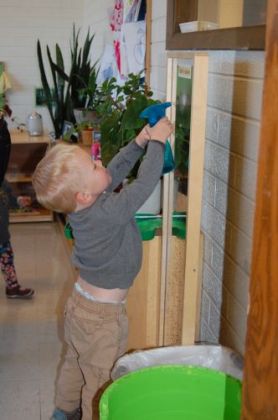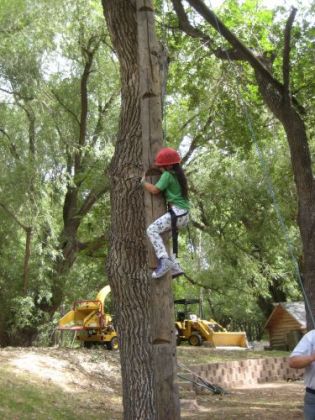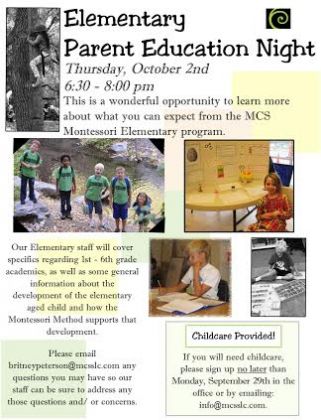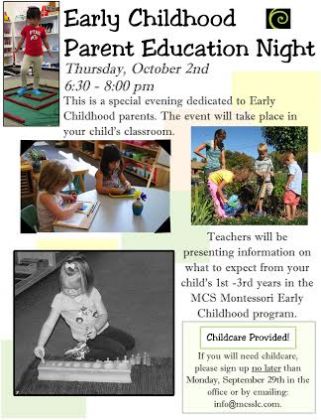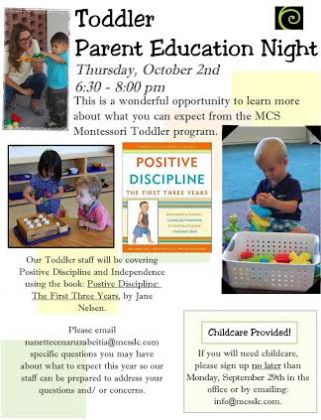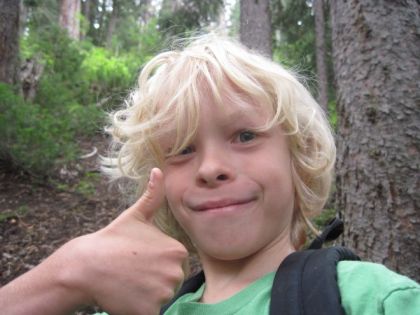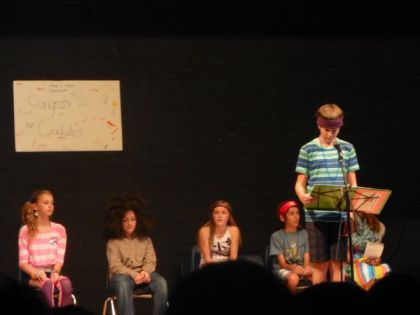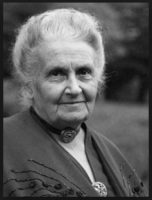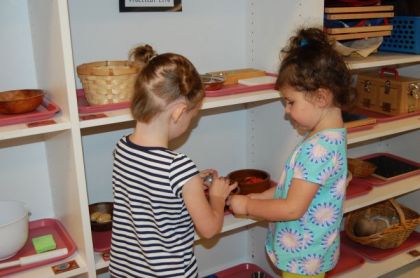Discipline as Guidance by P. Donohue Shortridge
Your child wants to do what is right, even at the youngest age. First of all, she wants to because she loves you and wants to be just like you. She also has a powerful inner drive to adapt to the world around her, the world of your home, and to do so she needs to know what the rules for life are. She looks to you to show her.
As parents, if you can keep that in mind, you can create an approach to discipline that is positive, less stressful on everyone and it will assist your child in developing into a competent, civilized, compassionate and joyful person.
So, what are some strategies that you might employ?
First of all, model the correct behavior for your child. For example, if you do not want your child to leave the dinner table in the middle of the meal, then don’t you leave the table to take a call or to check an e-mail. If you do not want your child to yell, then don’t yell.
Here’s another tip; your child is much more competent that we can even imagine. Even the youngest children can do chores around the house. In fact, so much of the trouble we have with our children at home stems from our children not feeling useful.
The younger the child, the less that verbal instruction alone works. Show him how to sweep the floor, giving him the tools that fit in his hand. Name the tools as you use them, “This chore is called sweeping the floor; I’m sweeping the floor with the broom, then into the dust pan and now I’m throwing it away in the trash.” “Now its your turn.” Do the task together for the first few times, so that you know she knows how to do it.
Also, remember that every activity has a beginning, middle and an end. Show your child how to go get the broom and dustpan, use it, and then put it away.
Cooperation and engaging in chores as well as the fun of family life is a sure wan to elicit the good will of your child. And remember that busy hands in purposeful activities calm your child and help her sort out her emotions. (Read remainder of article and find printable pdf version here…)
P. Donohue Shortridge, a Montessorian since 1980, speaks and writes about children and their families in the American culture. She conducts parent night talks, staff in-service sessions and workshop presentations. Visit her website at www.pdonohueshortridge.com


